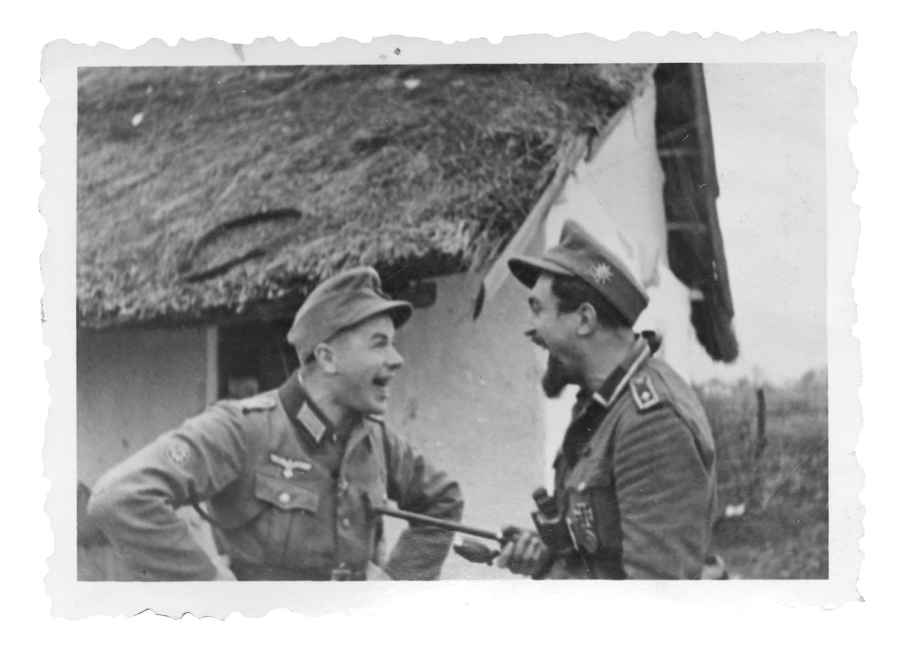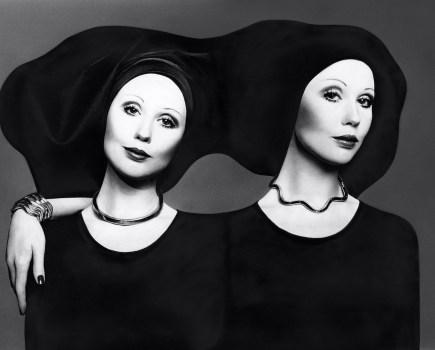A fascinating new book of German wartime photography gives an insight into the daily lives of soldiers during WWII – through the lenses of the German soldiers themselves.
In September 1939, thousands of German soldiers were turned loose on Poland. In 1940, they descended on Holland, Belgium and France. In 1941 they went to the Balkans, and then to the USSR. Unlike the British, many of these soldiers from everyday walks of life who were conscripted especially for the invasion of USSR, were already familiar with Leica and Rolleiflex cameras. Whilst some of these soldiers were officially commissioned as photographers, others were asked by their commanders to take records of events. Among them were trainees who knew about the Bauhaus, and other, older, men who could remember Weimar. Some excelled at formal portraiture, others were storytellers, stylists or humanists who wept at what they saw. The style and content of their work changed along with the collective mood after 1942, a change that is discernible in the photographs themselves.
Whilst some of these soldiers were officially commissioned as photographers, others were asked by their commanders to take records of events. Among them were trainees who knew about the Bauhaus, and other, older, men who could remember Weimar. Some excelled at formal portraiture, others were storytellers, stylists or humanists who wept at what they saw. The style and content of their work changed along with the collective mood after 1942, a change that is discernible in the photographs themselves.

Author and art historian Ian Jeffrey – author of How to Read a Photograph and The Photography Book – has trawled through these personal albums, from the collection of the Archive of Modern Conflict (Canada), picking out the most compelling of these works and showing them for the first time in the book.

“The book looks at first sight like a war book but it is also an art book,” he explains. “My focus is the ordinary people behind the camera, the outsiders enlisted in a vast open-ended experiment that resulted in catastrophe. A lot of the personnel were killed or badly wounded, and many of them left no details so it has taken years of researching landscapes, bridges and inscriptions on signposts and memorials, deciphering old handwriting and scrawled Sutterlin script to find the story behind each photo and photographer.”

All at War: Photography by German Soldiers 1939-45 is onsale now from a wide range of booksellers. Watch out for a review in AP soon.







